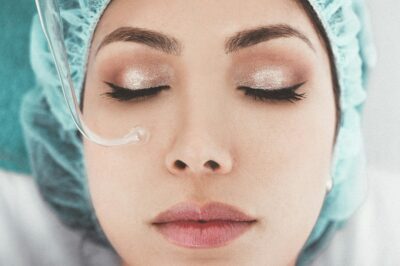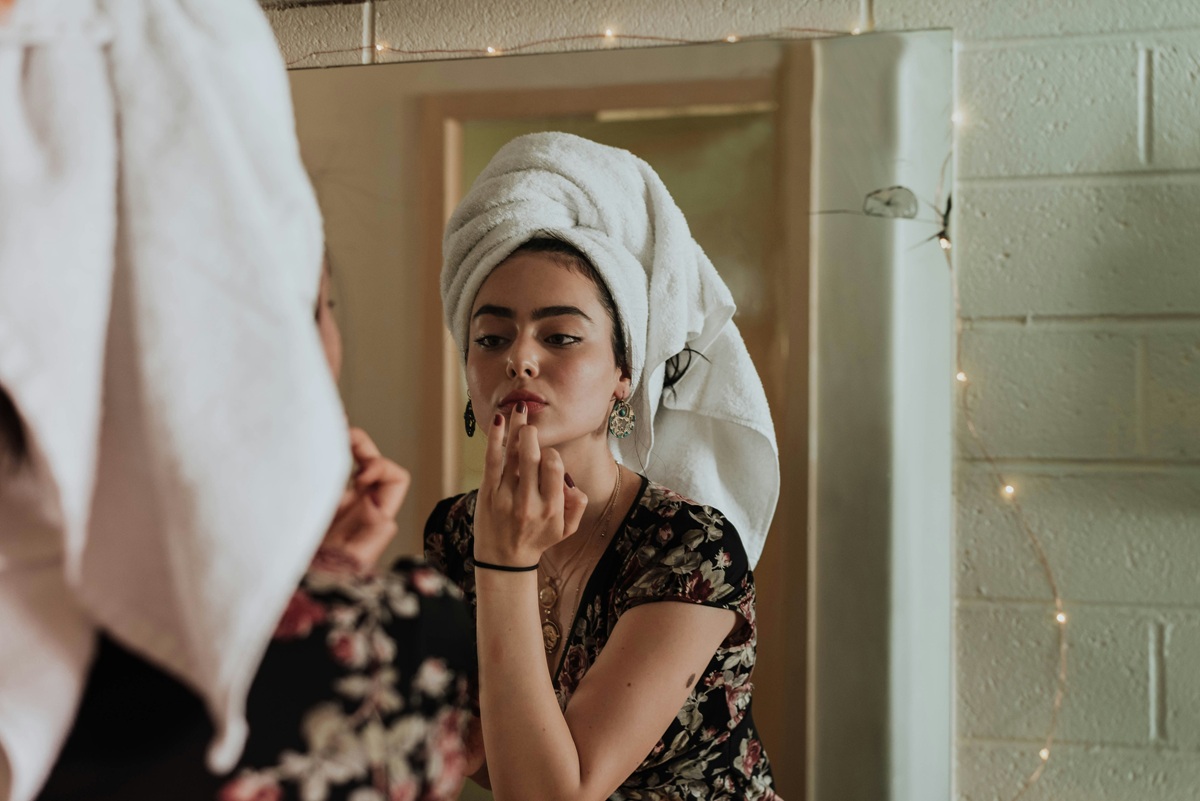How to get rid of acne scars Acne doesn’t just vanish when the breakouts stop—it can sometimes leave behind stubborn scars on the face and other part
How to get rid of acne scars
Acne doesn’t just vanish when the breakouts stop—it can sometimes leave behind stubborn scars on the face and other parts of the body. The good news is, there are plenty of ways to fade these marks and restore smoother, healthier-looking skin. How to get rid of acne scars.
From gentle natural remedies to over-the-counter products and advanced medical treatments, there’s a wide range of options to help reduce pimple scars. The best choice often depends on the type and severity of the scarring. Treatments may include chemical peels like salicylic acid, prescription creams such as retinoids, laser therapy, or even minor surgical procedures.

In this guide, we’ll explore different methods to minimize acne scars, boost skin health, and bring back your natural glow.
Types of Acne Scars
Not all acne scars are the same—each type has its own look and cause. Understanding them can help you choose the right treatment.
1. Atrophic Scars
These appear as small depressions or dents in the skin, caused by a loss of tissue during healing. They come in three main forms:
-
Icepick scars: Tiny, deep holes that look like they were made by a pin or needle.
-
Boxcar scars: Wider indentations with sharp, defined edges.
-
Rolling scars: Shallow depressions with uneven, wave-like edges, giving the skin a bumpy texture.
Atrophic scars form when the skin doesn’t produce enough fibroblasts during the healing process. Fibroblasts are the cells responsible for creating collagen and repairing tissue.
2. Hypertrophic Scars
These raised scars occur when the skin produces too many fibroblasts as it heals, leading to an overgrowth of tissue. They often stay within the boundaries of the original acne spot.
3. Keloid Scars
Keloids are like hypertrophic scars but more pronounced. They grow thicker and larger than the original acne lesion and may be darker than the surrounding skin, appearing red, brown, or even purplish. Some people experience itching, tenderness, or pain in these scars.
Over-the-Counter Remedies for Acne Scars- How to get rid of acne scarsHow to get rid of acne scars
While over-the-counter (OTC) products won’t completely erase or flatten raised scars, they can help fade discoloration, smooth rough textures, and make scars less noticeable. Many of these treatments are easy to find in pharmacies, skincare stores, or even online. Look for products with these proven ingredients:
1. Salicylic Acid
Salicylic acid is a naturally occurring compound widely used in acne treatments. It works by gently exfoliating the skin, unclogging pores, and removing dirt, oil, and dead skin cells that contribute to breakouts. This not only helps prevent new acne but can also minimize swelling, redness, and discoloration, making scars less visible.
Research from 2010 suggests that a peel containing 30% salicylic acid, applied every 3–4 weeks for several sessions, can improve skin texture without causing hyperpigmentation—making it suitable for darker skin tones.
Pro Tip: If you have sensitive skin, start with a patch test to avoid dryness or irritation before applying it to your whole face.
2. Retinoids
Topical retinoids do more than treat acne—they can also help fade scars by boosting cell turnover, reducing inflammation, and improving skin texture. They may even lighten dark spots left behind by acne, including in people with deeper skin tones.
One important note: retinoids can make your skin more sensitive to sunlight, so always pair them with sunscreen during the day.

3. Alpha Hydroxy Acids (AHAs)
AHAs speed up skin cell renewal, helping to fade dark marks and smooth uneven texture. These mild acids work by gently removing the top layer of skin, revealing fresh, new skin underneath. This can help soften the look of scars and reduce hyperpigmentation.
Some people experience swelling, burning, or itching—especially with higher concentrations—so it’s best to consult a dermatologist to find the right strength for your skin.
4. Lactic Acid
A gentler member of the AHA family, lactic acid can help remove dead skin cells, lighten dark spots, and smooth scarred areas. A small study found that treatments with high-concentration lactic acid significantly improved the appearance of icepick scars in some participants.
However, it can also cause hyperpigmentation in certain skin types, so patch-testing is a must. Lactic acid is found in many acne products, and even diluted apple cider vinegar contains it—making for a simple, budget-friendly DIY option.
Medical Treatments for Acne Scars- How to get rid of acne scars
If acne scars are deep, stubborn, or significantly affecting your skin’s texture, professional treatments may offer the most noticeable results. A dermatologist can assess your skin type, the extent of the scarring, and your goals before recommending the best procedure—or even a combination of therapies.
Here are some of the most common and effective options:
1. Chemical Peels
Chemical peels use special solutions to exfoliate damaged skin layers, revealing smoother, fresher skin underneath. The strength and type of peel will depend on your skin type and scar severity.
One study found that six out of ten people who tried trichloroacetic acid (TCA) peels saw at least a 70% improvement in their acne scars. On the other hand, some peels, like those with glycolic acid, may be less effective for certain individuals.
Finding the right peel often involves some trial and error, so working closely with a dermatologist is key.
2. Corticosteroid Injections
If you have raised scars like hypertrophic or keloid scars, corticosteroid injections can help flatten and soften them. These are typically given in a dermatologist’s office every few weeks, with gradual improvement over time.
3. Dermal Fillers
For indented scars like rolling or boxcar scars, soft tissue fillers can instantly plump up the skin, making scars less visible. Common filler materials include:
-
Collagen-based products
-
Hyaluronic acid
-
Polymethylmethacrylate (PMMA)
-
Poly-L-lactic acid
-
Silicon or polyacrylamide
Some fillers, like hyaluronic acid, last around three months, while others, such as silicon or polyacrylamide, can be permanent. Each filler has its pros and cons, so a detailed consultation with your dermatologist is essential.
4. Microneedling
Microneedling involves using tiny needles to create micro-injuries in the skin, triggering collagen production. Over time, this can smooth and firm the skin, making atrophic scars less noticeable.
A review found that microneedling can improve indented acne scars by 31–62%. Results are even better when combined with collagen gels. Some temporary redness, swelling, or mild discomfort is normal after treatment.
5. Laser Therapy
Laser treatments resurface the skin by removing its top layers and encouraging new cell growth. They can improve both texture and pigmentation issues in scars. For raised scars, pulsed dye lasers can help flatten them and reduce redness.
However, not all laser types suit every skin tone. For example, intense pulsed light (IPL) is often better for lighter skin tones, and people with sensitive skin may experience reactions.
6. Surgical Removal
In severe cases, surgery can be used to remove raised scars. While this can be effective, it’s often followed by other treatments to ensure the best cosmetic results.
7. Electrodesiccation
This procedure uses electric probes to heat the skin, removing the raised edges around boxcar scars so the surface appears smoother. It’s usually done in combination with other treatments for enhanced results.
Natural Remedies for Acne Scars- How to get rid of acne scars
Some people prefer to take a gentler, more natural route when trying to fade acne scars. While certain natural ingredients have been traditionally used for skin healing, scientific evidence on their effectiveness is still limited. In some cases, they can even cause irritation—so it’s best to test them on a small patch of skin first.
Here are a few popular natural options:
-
Black Seed Oil: Believed to help balance uneven skin tone and improve pigmentation issues.
-
Rosehip Oil: Often used to reduce discoloration, especially in scars from surgery or injury, and may help lighten acne marks over time.
-
Honey: Naturally antibacterial and soothing, honey may promote wound healing and lower the risk of future scars forming.
-
Aloe Vera (with Manuka Honey): When combined, these two can help the skin heal more smoothly, potentially minimizing scar formation.
While these remedies are generally considered safe for most people, remember that “natural” doesn’t always mean risk-free—especially if you have sensitive or allergy-prone skin.




COMMENTS